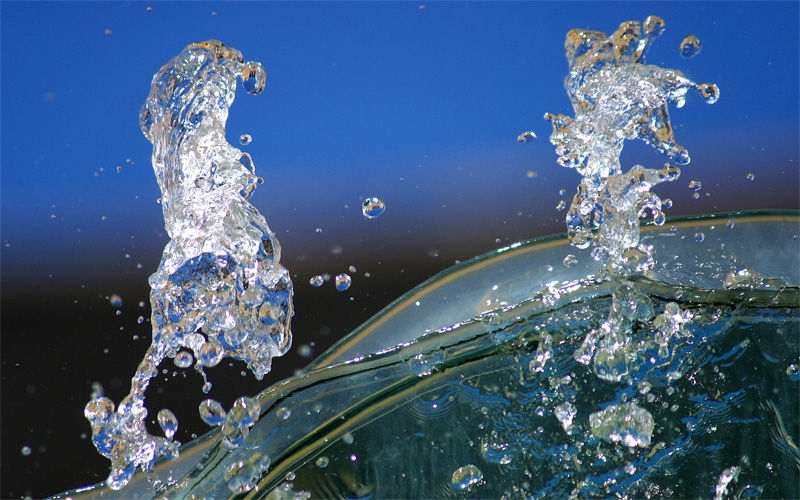On the stage of modern industry, silicone-free defoamers are showing their powerful strength with their unique charm. Like a silent guard, it quietly solves the problems brought by foam and escorts the production processes in various fields.

1. The development history of non-silicone antifoam
The development of antifoam can be traced back to a long time ago, but the emergence of non-silicone antifoam is an innovative achievement in recent years. With the advancement of science and technology and the continuous improvement of product quality requirements, people gradually realized that silicone-containing antifoam may have limitations in some cases, so they began to devote themselves to the research and development of non-silicone antifoam.
After years of hard work, the performance of non-silicone antifoam has been continuously optimized. From the initial simple formula to today's complex and efficient system, it has undergone countless experiments and improvements.
2. Classification and characteristics of non-silicone antifoam
Non-silicone antifoam can be divided into many types according to their ingredients and application scenarios, such as organic defoamers, polyether defoamers, fatty alcohol antifoam, etc.
Organic defoamers usually have high defoaming ability, but may have slightly poor compatibility in some systems. Polyether defoamers have good compatibility and stability and are suitable for a variety of water-based systems. Fatty alcohol defoamers perform well in high temperature environments.
For example, in the process of oil extraction, a large amount of foam is often generated due to formation pressure and chemical reactions. At this time, choosing a suitable non-silicone antifoam, such as a high-temperature polyether antifoam, can effectively eliminate foam and improve oil recovery efficiency.
3. Application cases of non-silicone antifoam
Pharmaceutical industry
In drug synthesis and preparation production, foam will affect the reaction process and product quality. Silicon-free defoamers can ensure the smooth progress of the production process and ensure the safety and effectiveness of drugs.
Food processing
In food production, foam is easily generated in links such as fermentation and stirring. The use of silicon-free defoamers can ensure the taste and quality of food and meet strict food safety standards.
Water treatment
In the process of sewage treatment, foam will affect the treatment effect and equipment operation. Silicon-free defoamers can quickly eliminate foam, improve water treatment efficiency and reduce treatment costs.
4. Future prospects
With the continuous development and innovation of industrial technology, silicon-free defoamers will also continue to upgrade and improve. The development of more efficient, environmentally friendly and adaptable silicon-free defoamers will be the future development direction. At the same time, as people's requirements for the performance of defoamers increase, the application areas of silicon-free defoamers will continue to expand.
I believe that in the near future, silicon-free defoamers will show their magical power in more fields and make greater contributions to promoting industrial development and improving the quality of life.
 中文
中文
 EN
EN

